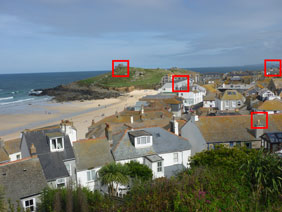Panasonic Lumix DMC-FT1 / TS1
-
-
Written by Gordon Laing
Panasonic Lumix DMC-FT1 / TS1 vs Canon PowerShot D10 vs Olympus TOUGH 8000 real-life detail
Panasonic Lumix DMC-FT1 / TS1 |
Canon PowerShot D10 |
Olympus TOUGH 8000 | ||
 |
 |  | ||
f11, 80 ISO |
f8, 80 ISO |
f6.3, 64 ISO | ||
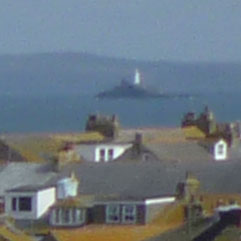 | 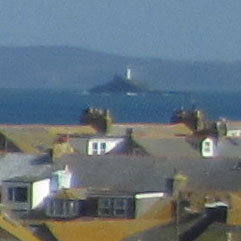 |  | ||
f11, 80 ISO |
f8, 80 ISO |
f6.3, 64 ISO | ||
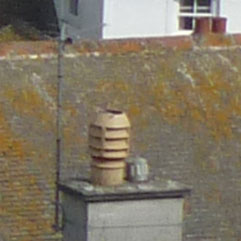 | 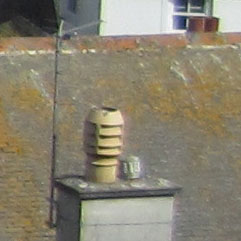 |  | ||
f11, 80 ISO |
f8, 80 ISO |
f6.3, 64 ISO | ||
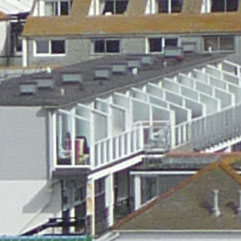 | 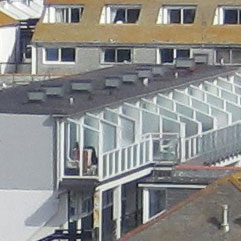 | 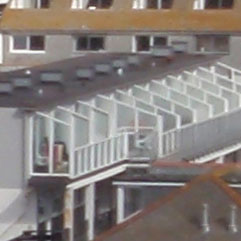 | ||
f11, 80 ISO |
f8, 80 ISO |
f6.3, 64 ISO |
The above image was taken with the Panasonic Lumix DMC-FT1 / TS1 set to 80 ISO. The lens was set to 6mm and the metering selected an exposure of 1/125 at f11. The original 4000×3000 pixel image measured 6.7MB. The four crops are taken from the areas marked with the red squares and presented below at 100%. Overall the results from the Panasonic Lumix DMC-FT1 / TS1 are extremely good. The shot is well exposed and the image shows good detail and colour contrast. The detail at the very edge of the frame is slightly softer and less well defined than at the centre – compare the second crop with the lighthouse with the fourth one that shows the apartment balconies. This latter one from the centre of the frame has sharper and better defined edges than the lighthouse crop. Aside from that there’s very little to find fault with. By comparison with the Canon PowerShot D10 the Panasonic Lumix DMC-FT1 / TS1 stands up very well indeed. As we’ve said, there’s a slight softening at the edges of the frame of the Panasonic’s images and they are also slightly softer overall than those of the PowerShot D10. This overall softness might be at least partially due to the very small aperture – f11 – automatically chosen by the FT1 / TS1’s for this shot which could result in some optical diffraction. Whatever the cause though, it isn’t enough, in our opinion to warrant coming down in favour of the PowerShot D10 on quality grounds alone. One thing to note is that the Lumix image file is twice the size of the PowerShot’s, revealing considerably less compression. There doesn’t appear to be any quality advantage in this example though – neither camera’s images show evidence of JPEG compression artifacts. It does, however, mean that (at this resolution and quality setting) you’ll only get around half the number of images on the same sized card used in a FT1 / TS1 than you would using a PowerShot D10. By comparison with both the Panasonic Lumix DMC-FT1 / TS1 and Canon PowerShot D10, the Olympus TOUGH 8000 puts in something of a disappointing performance. Detail is soft and even a little smeary across the frame and the quality difference is too great to be explained by the camera’s metering opting for a wider aperture and faster shutter speed. There’s no question that in terms of image quality the Olympus TOUGH 8000 comes a poor third. Now head over to our Panasonic Lumix DMC-FT1 / TS1 Noise results to see how it compares in terms of high sensitivities. |
ft1_front_110.jpg)
